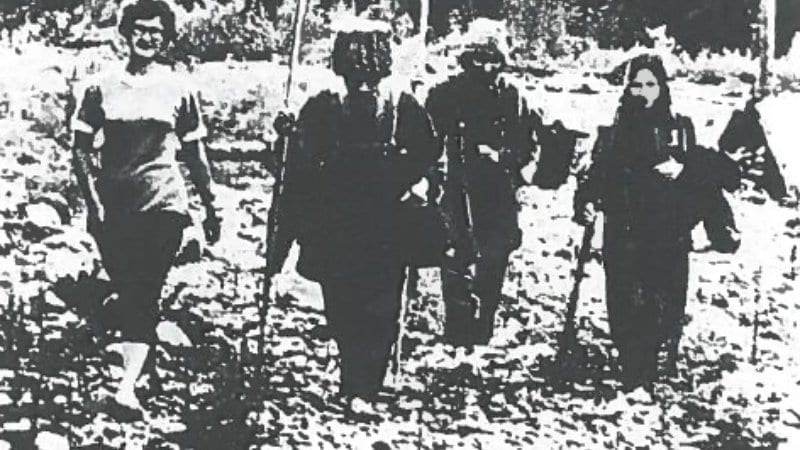In this day and age, it’s crazy to think that people are actually living off the grid. I mean totally off, where they subsist on their own crops, have zero contact with the outside world, and do not live as part of any particular community.
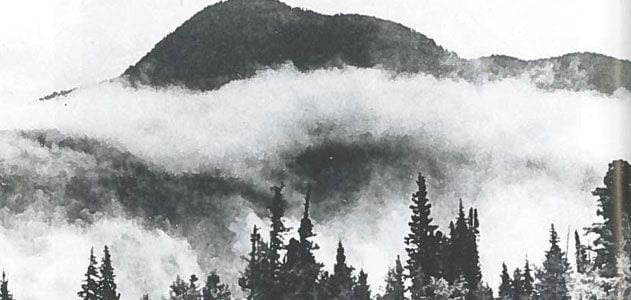
Photo Credit: Wikimedia Commons
Well, when you take into consideration that Siberia consists of 5 million square miles of mostly uninhabited (and barely livable) wilderness, it gets a bit easier. And that’s exactly where a team of geologists found the Lykov family living in seclusion in 1978.
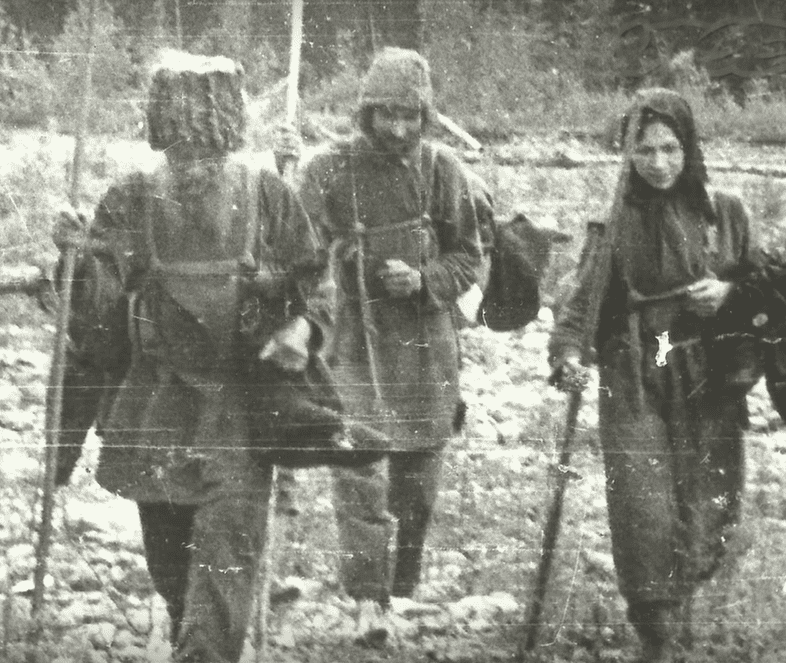
Photo Credit: Wikimedia Commons
The unsuspecting crew spotted the first signs of human habitation – a garden – from their helicopter and noted the position. Later, even though writer Vasily Peskov noted that “it’s less dangerous to run across a wild animal than a stranger,” the group decided to investigate. Geologist Galina Pismenskaya says that they “chose a fine day and put gifts in our packs for our prospective friends…though, just to be sure, I did check the pistol that hung at my side.”
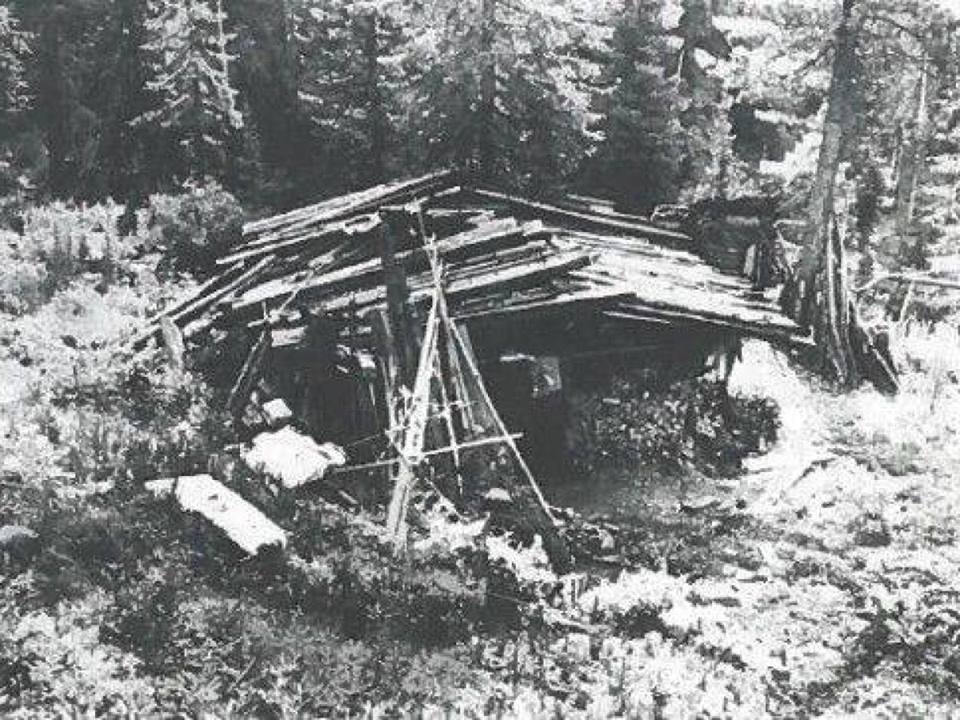
Photo Credit: Wikimedia Commons
They were 150 miles from the nearest settlement when they began to glimpse more signs of humans in the wild – a path, a staff, a log laid across a stream, and finally a small shed filled with dried potatoes. At last, a dwelling appeared and it was clear soon enough that their intrusion had not gone unnoticed.
“The low door creaked, and the figure of a very old man emerged into the light of day, straight out of a fairy tale. Barefoot. Wearing a patched and re-patched shirt made of sacking. He wore trousers of the same material, also in patches, and had an uncombed beard. His hair was disheveled. He looked frightened and was very attentive… We had to say something, so I began: ‘Greetings, grandfather! We’ve come to visit!’
The old man did not reply immediately. Finally we heard a soft, uncertain voice: ‘Well, since you have traveled this far, you might as well come in.”
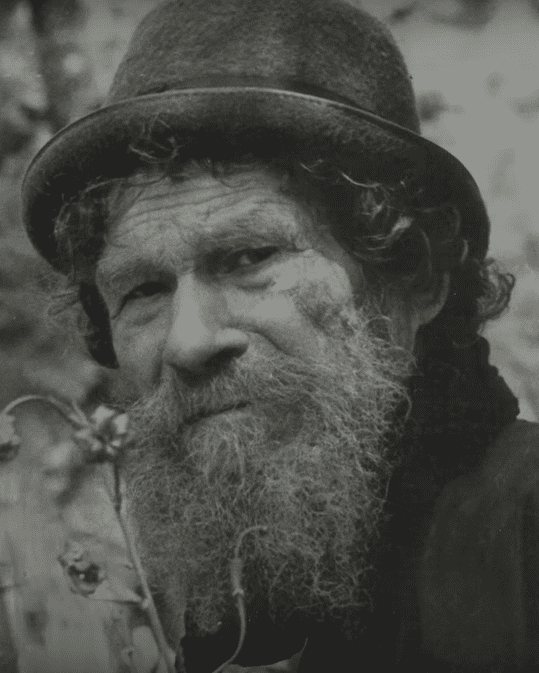
Photo Credit: Wikimedia Commons
I can’t imagine that the geologists could have been prepared for what they were to encounter in one of the remotest parts of the world.
The cramped, musty dwelling consisted of a single room, built and reinforced with whatever its inhabitants had managed to scavenge from their surroundings. The hut was home to a family of five, and once the scientists realized they had frightened two daughters, they retreated outside and gave the family space to join them on their own terms. When the father and his two daughters ventured out, the scientists found them curious, among other things.
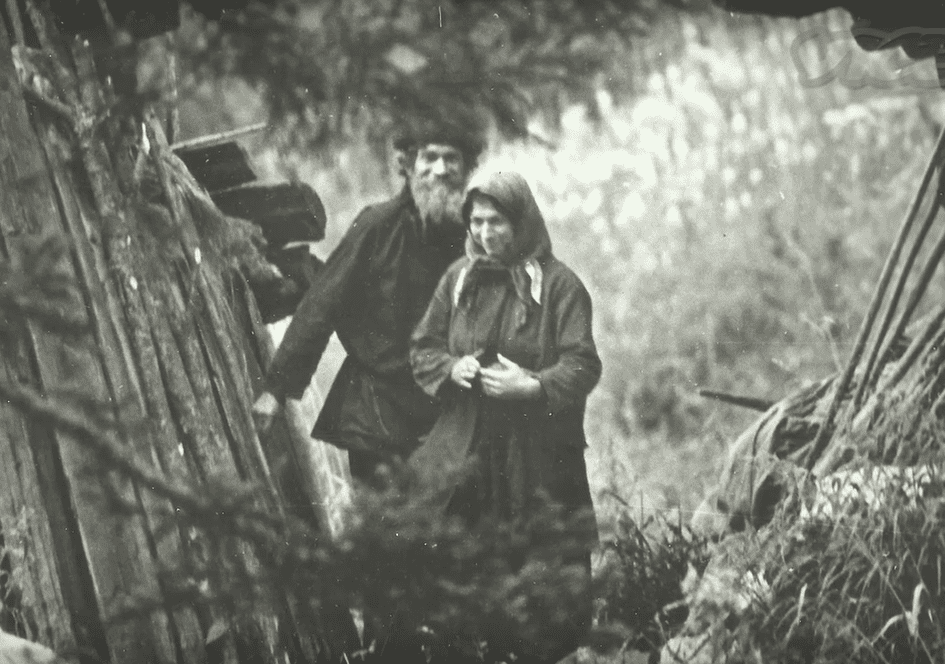
Photo Credit: Wikimedia Commons
As they learned more and more about the family, the story of how they ended up living alone on the taiga emerged. The old man, Karp Lykov, belonged to a sect of Christianity known as the Old Believers, a group that has worshipped since the 17th century and who have been persecuted since the days of Peter the Great. When the atheist Bolsheviks took power, life for the Old Believers got even worse, and most retreated to Siberia in an attempt to escape persecution in the 1930s. That had not even been far enough for the Lykov family – a Communist patrol shot and killed Karp’s brother as they knelt working together, and Karp responded by grabbing his family (then of 4) and disappearing into the forest.

Photo Credit: Wikimedia Commons

